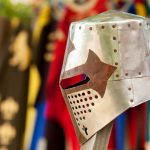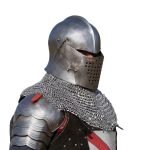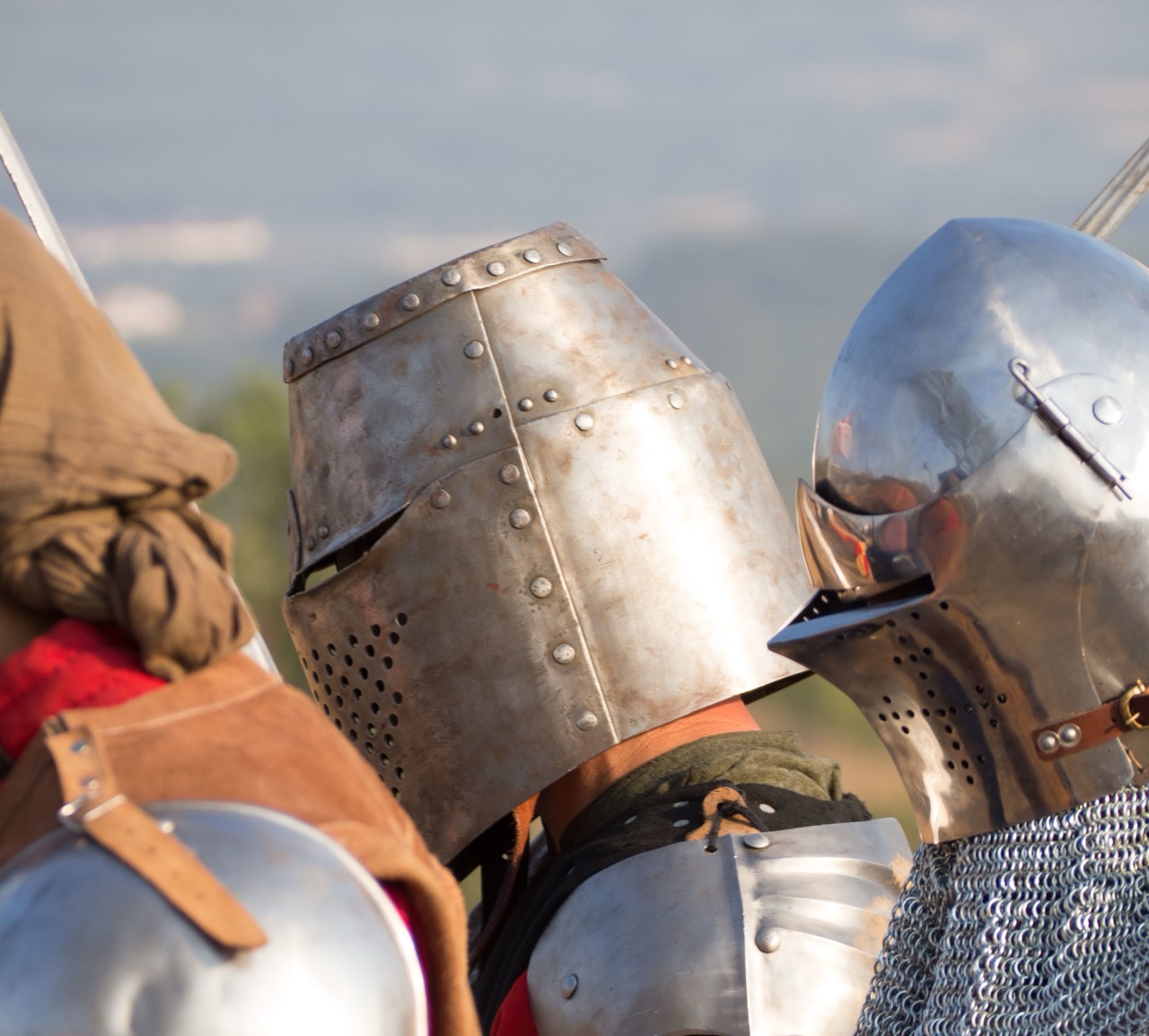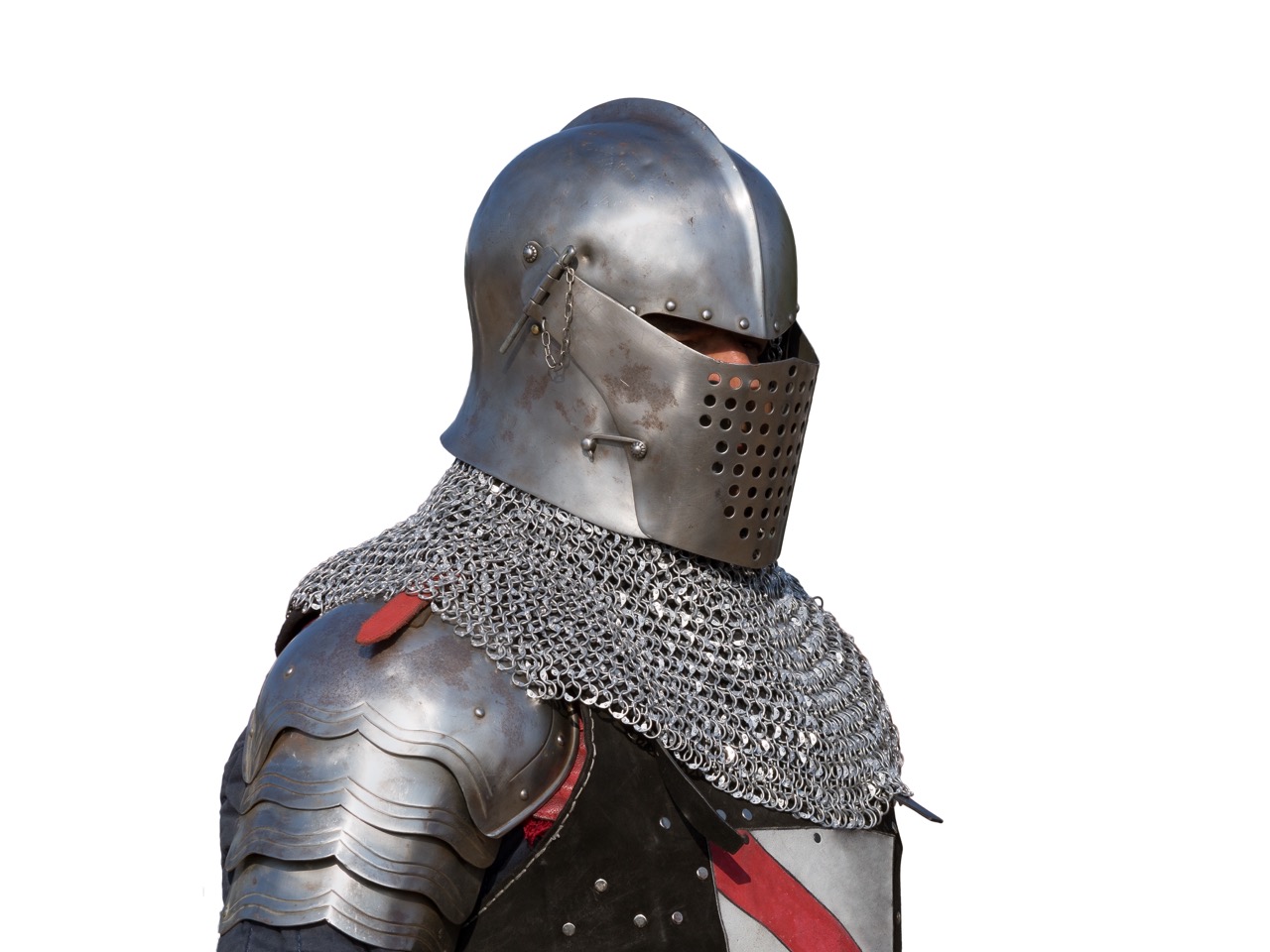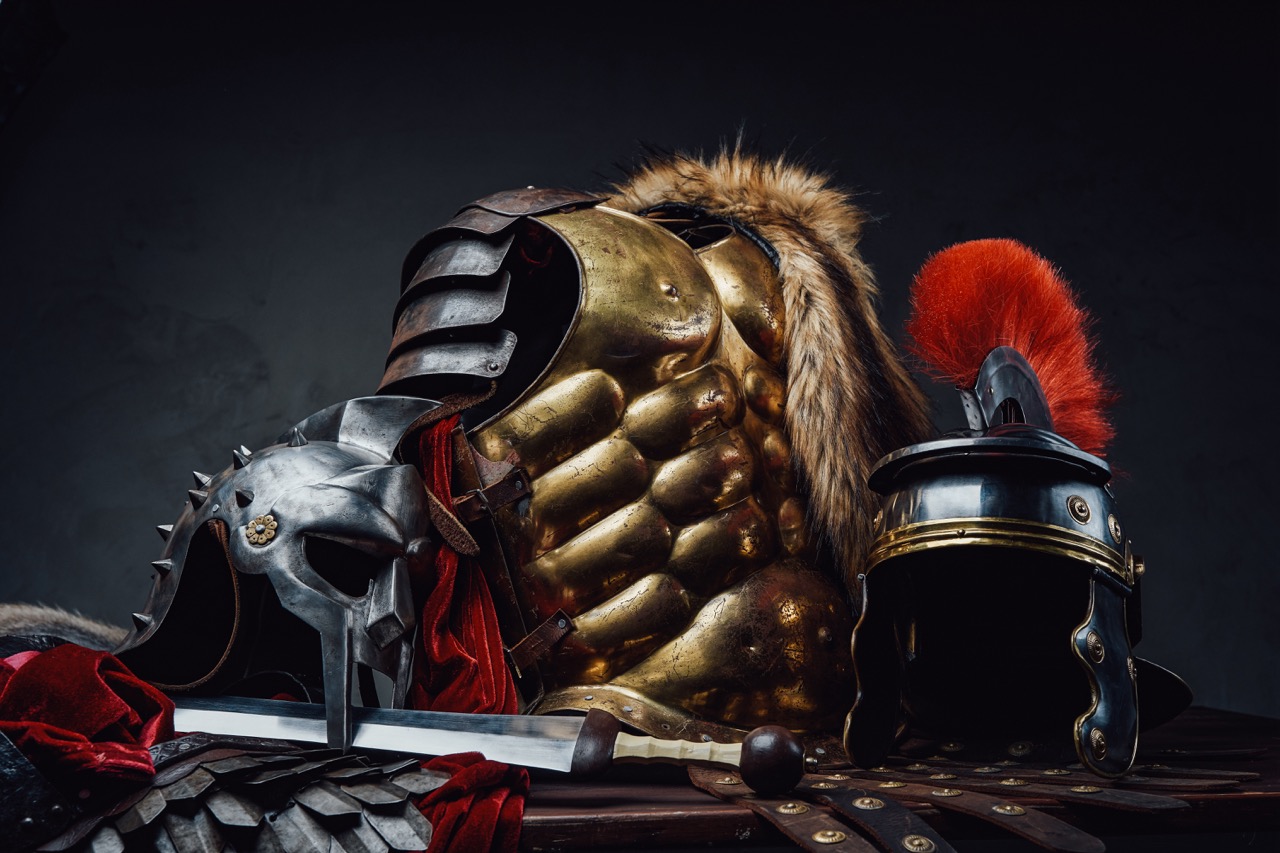Throughout history, footwear has held significant importance, not just for practicality but also as a symbol of power, status, and protection. Among the most intriguing types of historical footwear are sabatons, a form of armored shoe that not only served a functional purpose in medieval combat but also became woven into the fabric of folklore and mythology. From the legendary knights of the Round Table to the enchanting tales of Norse warriors, sabatons have transcended their mere utility to embody deep cultural narratives. This article explores various aspects of legendary sabatons, examining their origins, their role in combat, and their portrayal in myths and folklore across different cultures.
The Origins of Legendary Sabatons in History
Sabatons trace their roots back to the 14th century, where they emerged as part of a comprehensive suit of armor designed to protect the feet during battle. Made from metal plates, these armored shoes evolved to offer both protection and mobility. The design of sabatons varied significantly across different regions and eras, influenced by the prevailing styles of warfare and the materials available. While their primary function was practical, the craftsmanship involved in creating sabatons often reflected the artistry and values of the time, making them not just functional pieces of armor but also objects of beauty.
Historically, sabatons were often associated with the elite warriors and knights of the medieval period, and their presence in battles would often symbolize valor and nobility. However, as stories and legends grew around these armored shoes, they took on additional layers of meaning. In many cultures, sabatons became symbols of protection, bravery, and the journey of the hero, transcending their original purpose to become integral to the legendary narratives that emerged around knights, heroes, and mythical figures.
Sabatons: Protective Footwear in Medieval Combat
The primary purpose of sabatons during the medieval period was to protect the wearer’s feet from the harsh realities of combat. Made from hardened leather or metal, these armored footwear pieces were designed to absorb and deflect blows, preventing injuries that could be devastating in battle. Their construction was often intricate, featuring overlapping plates that allowed for mobility while providing maximum defense. This balance of protection and agility was crucial for knights, who needed to maintain their speed and maneuverability during combat.
In addition to their practical use, sabatons also served a ceremonial purpose. Knights were often depicted in artworks and literature adorned in their full armor, complete with intricately designed sabatons. Such imagery reinforced the idea of the knight as a figure of chivalry and honor, embodying ideals that transcended mere battlefield prowess. The visual representation of knights in their shining armor, including their ornate sabatons, contributed to the larger-than-life narratives that surrounded them, elevating their status in both history and folklore.
The Role of Sabatons in European Folklore
Sabatons have played a prominent role in European folklore, often associated with legendary heroes and epic quests. In many stories, these armored shoes symbolize not just protection but also the responsibility and bravery that come with a knight’s mission. The tales of chivalric knights often include descriptions of their sabatons, highlighting how their footwear contributed to their legendary status. Such narratives helped to reinforce societal ideals of heroism, valor, and the moral obligations of the warrior class.
Moreover, sabatons frequently appear in myths as significant markers of identity. Characters who don enchanted or specially crafted sabatons often undergo transformative journeys, reflecting the notion that true bravery and achievement are intertwined with the tools one possesses. These stories serve to connect the physical world with the spiritual, suggesting that one’s path and destiny can be influenced by the gear one adorns. Thus, the sabatons take on a dual role as both protective armor and symbols of the hero’s journey.
Famous Myths Featuring Enchanted Sabatons
Numerous myths feature enchanted sabatons that bestow unique powers or abilities upon their wearers. One such tale is that of the "Sabatons of Swiftness," which, when worn by a valiant knight, enabled him to outrun even the fastest steeds. This motif resonates across various cultures, where footwear is often imbued with magical properties, enhancing the capabilities of the hero. These enchanted sabatons often serve as catalysts for the hero’s journey, propelling them toward their destiny while emphasizing the importance of bravery and virtue.
Another notable example is the legendary "Sabatons of Invulnerability," which protected the wearer from all harm. Such sabatons are often central to tales of epic battles, where heroes face insurmountable odds. Their ability to wear these enchanted sabatons while navigating treacherous terrain or engaging formidable foes highlights the intertwining of fate, protection, and courage. In these stories, sabatons symbolize the notion that external aid and inner strength combine to forge a true hero.
The Tale of the Iron Sabatons of Sir Lancelot
Among the most celebrated stories in Arthurian legend is that of Sir Lancelot, one of the greatest knights of the Round Table. Lancelot’s iron sabatons are often depicted as a hallmark of his unparalleled skill and bravery in battle. Crafted by a master blacksmith, these sabatons not only provided him with superior protection but also matched his noble character, reflecting the elegance and strength for which he was known. In various adaptations of Lancelot’s tale, his sabatons symbolize both his commitment to honor and his tragic flaws, illustrating the complexities of a hero’s journey.
In many retellings, the iron sabatons are said to possess magical properties, enabling Lancelot to perform feats that no ordinary knight could achieve. His legendary battles against monstrous foes and formidable adversaries are often accompanied by vivid imagery of his shining armor, accentuated by his remarkable sabatons. This connection between Lancelot and his footwear underscores the cultural significance of sabatons in medieval lore, embodying ideals of heroism that resonate through the ages.
The Mythical Sabatons of the Valkyries in Norse Lore
In Norse mythology, the Valkyries are powerful female figures who choose those who may die or live in battles. Uniquely, they are often depicted wearing ornate sabatons that not only symbolize their martial prowess but also their divine connection. These sabatons, described as forged from celestial materials, grant the Valkyries enhanced agility and strength, enabling them to traverse the battlefield with grace. The imagery of Valkyries donning these magical sabatons evokes a sense of awe and reverence, reinforcing their role as both protectors and warriors.
The presence of sabatons in Valkyrie lore signifies the intricate relationship between footwear and identity in mythology. As the Valkyries escort fallen warriors to Valhalla, their sabatons serve as symbols of the honor and valor associated with those they choose. This connection elevates the concept of sabatons from mere armor to emblems of fate and destiny, illustrating how they shape the journey of both the wearer and the heroes they guide.
Sabatons and Their Symbolism in Cultural Narratives
Sabatons are rich in symbolism within cultural narratives, often representing the duality of protection and aggression. In many tales, the act of donning sabatons signifies a commitment to a noble cause, whether it be a knight’s quest for glory or a hero’s journey to save their homeland. The choice of footwear becomes a metaphorical act of preparation, highlighting the importance of readiness and determination in the face of adversity. This representation allows for a deeper understanding of the character’s motivations and the trials they must overcome.
Furthermore, the symbolism of sabatons extends beyond individual characters to encompass broader themes of societal values and expectations. In tales that involve knights or warriors, sabatons often signify chivalric ideals and the responsibilities that come with power. The act of wearing sabatons can thus be seen as an acceptance of the weight of one’s duties, reinforcing the notion that true heroism lies not just in strength but also in the courage to uphold one’s values and protect the vulnerable.
Legendary Sabatons of Ancient Greek Heroes
In the realm of ancient Greek mythology, legendary heroes are often depicted with distinctive footwear that serves a symbolic purpose. While not sabatons in the medieval sense, the sandals of figures like Achilles and Perseus often reflect similar themes of protection and divine favor. For example, Hermes, the messenger of the gods, is frequently portrayed wearing winged sandals that grant him incredible speed and agility. This footwear connects the notion of divine intervention with the hero’s journey, emphasizing how footwear can symbolize the blessings or burdens bestowed by the gods.
Achilles, too, is often depicted with armor that includes protective footwear, reflecting his status as the greatest warrior of the Trojan War. His legendary battles highlight not only his physical prowess but also the significance of the protection afforded by his sabatons. In this context, the footwear becomes a testament to the hero’s lineage, abilities, and the unique challenges faced throughout their journey, showing how even in ancient narratives, footwear played a vital role in character development and symbolic representation.
The Enchanted Boots of the Fairy Tale Tradition
Fairy tales often feature enchanted boots or shoes that grant the wearer extraordinary abilities. While not traditional sabatons, these enchanted footwear items share similarities in their symbolic roles. For instance, in the tale of Cinderella, her magical glass slippers represent transformation and the journey from obscurity to recognition. The act of losing her slipper at the ball serves as a pivotal moment, illustrating how footwear can signify identity and fate in the realm of fairy tales.
Similarly, the story of "The Elves and the Shoemaker" showcases the transformative power of enchanted boots crafted by magical beings. These boots not only assist the shoemaker in his endeavors but also encourage themes of kindness and generosity. In fairy tale narratives, footwear becomes a conduit for change, representing the potential for growth, adventure, and the fulfillment of one’s destiny. The enchanted boots symbolize the idea that through selflessness and courage, one can achieve greatness, much like the legendary sabatons of ancient heroes.
Sabatons in Eastern Mythology: A Cultural Perspective
In Eastern mythology, sabatons or their equivalents also carry significant cultural weight. In Japanese folklore, for example, the legendary samurai would wear traditional footwear known as waraji, a form of straw sandal. While these are not metal sabatons, they symbolize protection and mobility, crucial for the samurai’s way of life. The crafting of these sandals often involved intricate techniques and materials, reflecting the samurai’s connection to nature and their warrior ethos.
Moreover, in stories of Asian deities and mythical creatures, footwear often serves as a motif for status and divinity. The sandals of figures such as Sun Wukong from the "Journey to the West" are imbued with magical properties, enabling feats of incredible agility and strength. This connection between footwear and the supernatural elevates the significance of sabatons and similar items, demonstrating how various cultures interpret the role of protective footwear within their mythological frameworks.
The Evolution of Sabatons Through Folkloric Tales
The evolution of sabatons through folkloric tales reflects the changing perceptions of heroes and their armor across cultures and time periods. Initially conceived as practical armor in medieval combat, sabatons quickly became embedded in the heroic narratives of knights and warriors, symbolizing bravery and honor. As stories evolved, so too did the representation of sabatons in folklore, where they began to embody magical properties and unique attributes that enhanced the hero’s journey.
In modern retellings of these ancient stories, sabatons continue to be reimagined, often infused with new meanings that resonate with contemporary audiences. The transition from traditional depictions to modern interpretations illustrates the ongoing relevance of sabatons in the collective consciousness. Whether as symbols of protection, identity, or destiny, the evolution of these legendary footwear pieces highlights the enduring power of folklore in shaping cultural narratives.
Modern Interpretations of Legendary Sabatons in Media
In today’s media landscape, the legacy of legendary sabatons endures through various forms of storytelling, from films to video games and literature. Modern adaptations of Arthurian legends, for instance, frequently highlight the significance of Lancelot’s sabatons, representing not only his prowess as a knight but also the complexities of his character and choices. These portrayals often blend historical accuracy with imaginative elements, creating a rich tapestry that honors the original tales while appealing to contemporary audiences.
Additionally, the influence of sabatons can be seen in popular fantasy genres, where armored characters often sport unique footwear that conveys their strength and magical abilities. Video games frequently feature customizable armor sets, including sabatons, allowing players to express their identity and engage with the lore of their characters. This ongoing fascination with legendary sabatons demonstrates their ability to transcend time and culture, evolving to meet the needs of modern storytelling while retaining their symbolic significance.
The enduring legacy of legendary sabatons in folklore and mythology reveals much about the cultural values and ideals of different societies. From their origins as protective armor in medieval combat to their symbolic roles in heroic narratives, sabatons have captured the imagination of storytellers across generations. Their evolution through various cultural lenses highlights not only the practicality of armor but also the deeper themes of bravery, identity, and destiny that resonate in the human experience. As we continue to explore these tales in modern media, the legendary sabatons remain a powerful symbol of the enduring hero’s journey, bridging the gap between history and myth.
